MercoPress. South Atlantic News Agency
Tag: Argentine peso
-
Tuesday, April 9th 2019 - 09:59 UTC
Argentina's Peso takes a rest after a hectic week but the country risk shoots to its highest this year
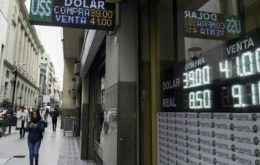
Latin American stocks were flat on Monday, partly subdued by delays in important pension reform in Brazil, while currencies in the region rose against a weak dollar but Argentina's peso hovered around record-low levels on political uncertainty and the highest country risk so far this year.
-
Thursday, March 28th 2019 - 09:39 UTC
Argentine Peso slides to an all time low and country risk climbs to almost 800 points
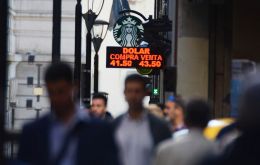
The Argentine Peso slid to all-time lows against the dollar as concerns about inflation, weak growth and October's presidential election weighed. The currency has lost 14% so far this year and the weakness raises fears of a repeat of the currency crisis of 2018 when the Peso lost half its value against the dollar.
-
Wednesday, March 27th 2019 - 20:54 UTC
Dollar rises in Uruguay while tension increases in Argentine markets

In Uruguay, the dollar traded at noon on the state bank Banco Republica (Brou) board at $ 33.20 for the purchase and $ 34.60 for the sale, 45 cents above the close price on Tuesday. On the board of private exchanges, the currency to the public came to sell at $ 34.80 and $ 34.90.
-
Wednesday, March 27th 2019 - 08:48 UTC
Argentine financial markets jittery over October elections uncertainty

Investors in Argentina are starting to get the jitters. The gap in yield between local and U.S.-issued bonds has roughly doubled in the last month in the face of stubborn inflation and mounting peso outflows, heaping pressure on President Mauricio Macri ahead of elections later in the year.
-
Friday, March 8th 2019 - 08:58 UTC
Argentina's Peso hit a record low to the dollar weakening 4%
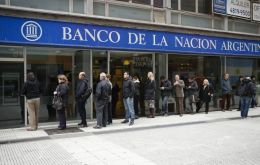
Argentina’s struggling currency hit a record low against the dollar on Thursday, weakening over 4% to close at 42.5 pesos per dollar, a challenge for President Mauricio Macri as he looks to right the economy ahead of elections in October.
-
Wednesday, January 23rd 2019 - 09:14 UTC
Argentine central bank intervenes to support the US dollar: buys US$ 50m
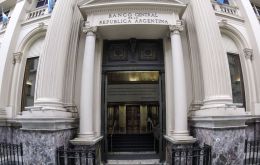
Argentina’s central bank said it bought US$ 50 million at an average price of 37.597 Pesos per dollar in the foreign exchange market on Tuesday, part of its effort to maintain the currency in a trading band agreed with the International Monetary Fund.
-
Friday, January 18th 2019 - 10:04 UTC
Wholesale prices in Argentina reach 73.5% in 2018; Peso rallies 10% in the midst of recession

Wholesale prices in Argentina shot 73.5% higher in 2018, government data showed on Thursday, the fastest rate since 2002 when they climbed 118% during an economic crisis that tossed millions of middle-class Argentines into poverty.
-
Thursday, December 6th 2018 - 08:45 UTC
Argentine manufacturing and construction declines during October
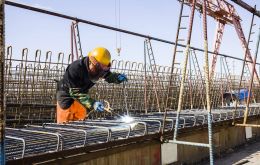
Manufacturing in Argentina fell 6.8% in October year on year, while construction declined 3.7%, and in the first ten months of this year 2.5% and 4.9% respectively according to the Indec statistics bureau report. Firms were hit hard by a contraction in economic activity and the devaluation of the Peso against the US dollar.
-
Friday, November 23rd 2018 - 09:45 UTC
Argentina: waiting for a strong agriculture recovery to help end recession
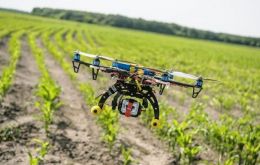
The industrial production in Argentina dropped 4.8% in October compared to the same period a year ago, accumulating a seven-month consecutive slide, according to the Center of Economic Studies from Orlando Ferreres. Between January and October manufacturing activity registers a 3.5% contraction relative to the same period in 2017.
-
Wednesday, November 21st 2018 - 17:49 UTC
Aluminum producer Aluar profits 54% up thanks to devaluation of Argentine peso
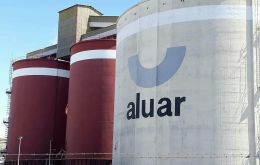
The aluminum producer Aluar will distribute dividends among its shareholders for $ 2,884 billion (79.71 million US dollars) as a result of an increase in semiannual profits of 54.5%, the company reported to Argentina's stock exchange regulator Comisión Nacional de Valores (CNV), which was due mainly to the peso devaluation.
